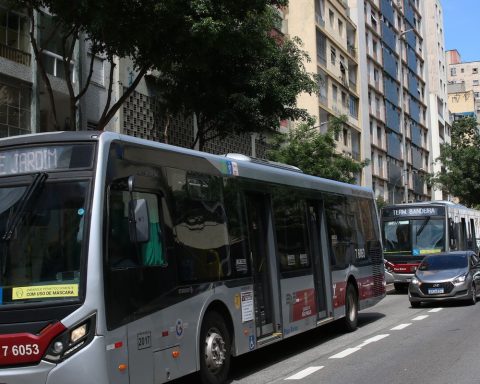As of tomorrow (2), the borrower in default with his own home will be able to use the Severance Indemnity Fund (FGTS) to negotiate the payment of up to 12 installments in arrears. THE measure was authorized by the FGTS Board of Trustees on the 20th.
On that occasion, the Board of Trustees increased, from three months to 12 months, the limit for using the fund balance to settle overdue installments. The measure is valid until December 31. The use of the FGTS to reduce the value of future installments or to offset delays of less than 90 days has existed for a long time, but the allocation of resources to pay more than three installments in arrears, until now, required authorization from the Court.
According to the Board of Trustees, currently 80 thousand borrowers of housing financing have more than three installments in arrears and are considered cases of serious default. Of this total, 50% have an account linked to the FGTS.
Last Wednesday (27), Caixa Econômica Federal, which manages the FGTS, updated the rules that regulate the fund’s accounts. According to the bank, the resources of the Guarantee Fund will be withdrawn in a single installment, with the amount debited being used to negotiate the arrears.
procedures
The worker interested in paying off unpaid installments should look for the bank where he made the housing loan. The borrower will sign a document authorizing the movement of the FGTS Linked Account to be able to deduct up to 80% of each installment, limited to 12 delayed installments.
The mechanism is only valid for properties valued at up to R$ 1.5 million and there will be restrictions. Anyone who used the balance of any FGTS account to reduce the debt balance and the number of installments will not be able to use the fund to settle unpaid installments before the end of this interval. The term is based on the date of the last amortization or settlement.
In the new version of the FGTS Manual, updated by Caixa, the criteria for making the withdrawal are the same as for workers who use the money from the fund to buy or build their own home. The worker must have contributed to the FGTS for at least three years, in consecutive periods or not, he cannot have another property in the municipality or metropolitan region where he works or lives and he cannot have any other active financing in the Housing Financial System (SFH). ).

















